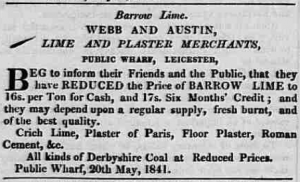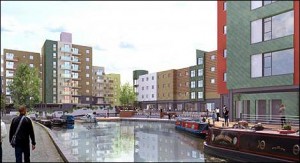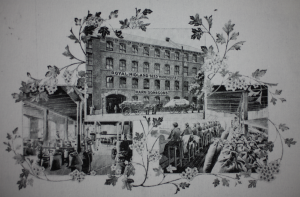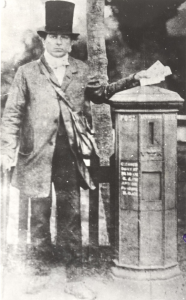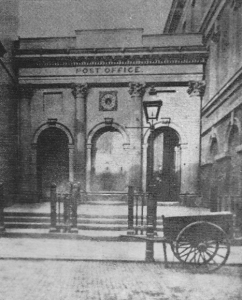It’s 11 o’clock on a Monday morning in April 1861. Just off Leicester’s Oxford Street – opposite the Swan & Rushes – a narrow alleyway leads into Paradise Place. Seven cottages nestle around a courtyard, alongside the Mission School. Listen to the click and rattle of framework knitters in several of the cottages. At No 5, Mary Ann Norman has already spent three hours beating bed-sheets with a dolly in the washtub. Now she’s ironing linen, helped by her mother, Fanny Wells. The air is damp, with petticoats drying on a line strung across the room.
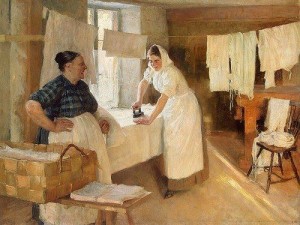 For about 30 years, Mary Ann worked as a laundress. It’s fortunate that her work merits a mention in each census return; women’s employment was often under-recorded. Yet the particulars of Mary Ann’s work are scant.
For about 30 years, Mary Ann worked as a laundress. It’s fortunate that her work merits a mention in each census return; women’s employment was often under-recorded. Yet the particulars of Mary Ann’s work are scant.
In the latest of our Trading Stories, Working Lives articles, we take a closer look at life as a Victorian laundress. Click to download: Mary Ann Norman, Victorian laundress of Paradise Place
Take a look too at the other articles in our Trading Stories, Working Lives series:
John Collins, Victorian fishmonger and game dealer
John and George Firn, monumental masons
Polkey boatmen of Loughborough
